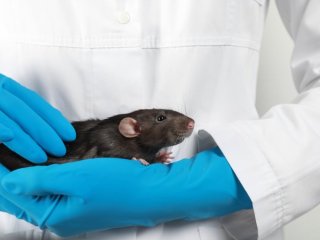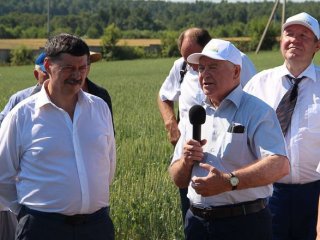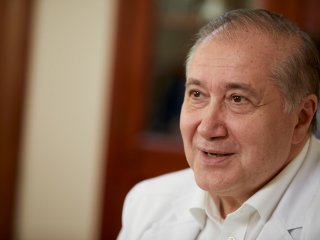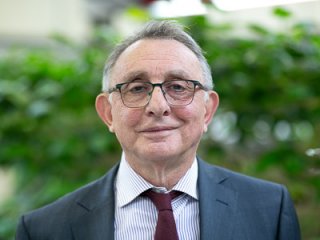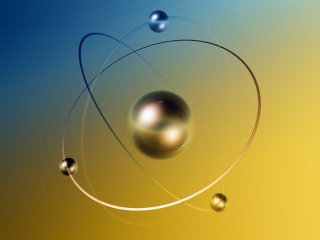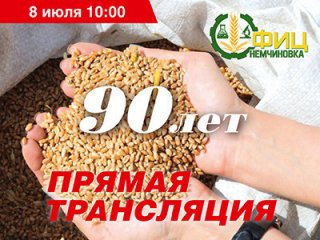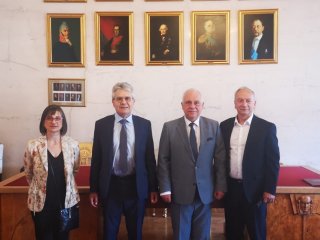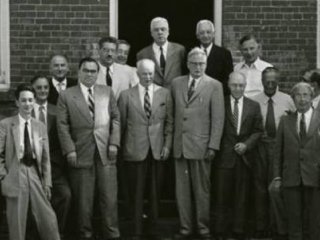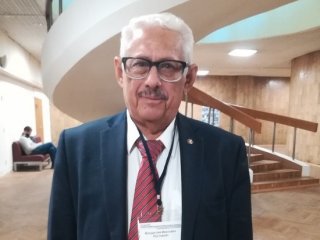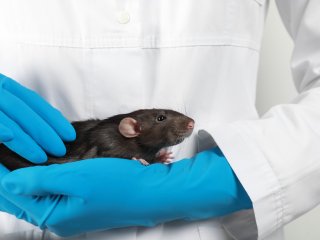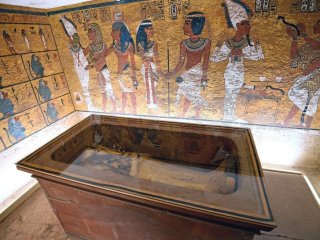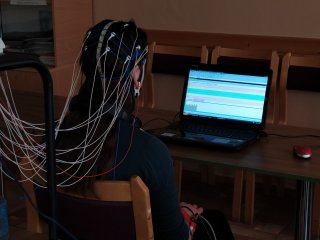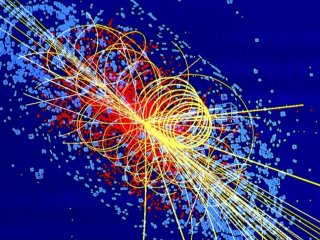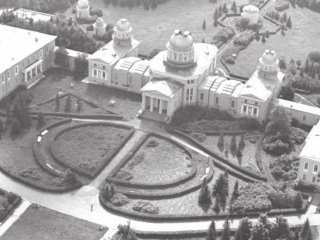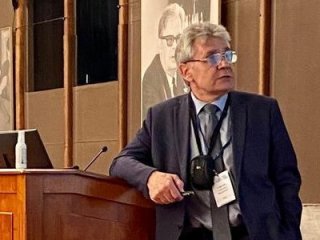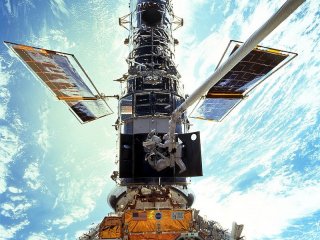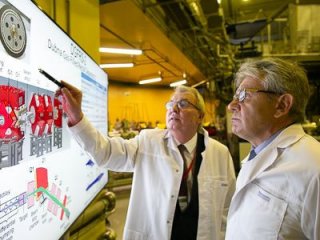News, page #13
What does life in a paradise lead to? Ethologist John Calhoun tried to answer this question in 1968.
In the Year of Science and Technology, Nemchinovka Federal Research Center celebrates its 90th anniversary and holds the seminar “New Varieties of Grain and Grain Legume Cultivars and Their Cultivation Processes”
Conversation with Academician Armais Albertovich Kamalov, director at Medical Research and Education Center University Clinic of Moscow State University (MSU), head of Urology and Andrology Department at the Fundamental Medicine Faculty of MSU.
We live in the period of real biological threats. Where will they come from and how to prevent them? Does biological terrorism exist? Was the present coronavirus let out of laboratory?
We commemorate the achievements of a great scientist
In the Year of Science and Technology, the Nemchinovka Federal Research Center celebrates its 90th anniversary. Unique high-yielding varieties enable to provide all regions of Russia with grain
In the Year of Science and Technology the Nemchinovka Federal Research Center celebrates its 90th anniversary, holding a conference titled Modern Applications of Innovative Technologies to Address Problems of the Agricultural Industry Complex
On July 7th, a bilateral agreement on scientific cooperation between Russia and Bulgaria was signed in the building of the Presidium of the Russian Academy of Sciences
The Pugwash Conference was held for the first time on July 7th, 1957
Obituary on the world-famous physicist Vladislav Pustovoyt, RAS academician, winner of five State Prizes. He was 84 years old.
We mourn the untimely death of Vladislav Ivanovich Pustovoyt, RAS Academician, aged 84
On July 6th, 1885, Louis Pasteur, a French chemist and biologist, ventured to vaccinate humans against rabies. Until then the bite of an infected animal had been absolutely fatal
On July 5th, 1881, Egyptologist Emil Brugsch discovered an ancient Egyptian tomb with graves of pharaohs
Researchers from the Federal Comprehensive Arctic Studies Center of the Urals Department of RAS together with their colleagues from the Republic of Crimea (in Simferopol) are researching the degree of Internet engagement among high school students
On July 4th, 2012, CERN scientists announced the discovery of the Higgs boson
On July 3rd, 1835, construction of the main building of Pulkovo Astronomic Observatory began
The International Meeting on Superheavy Elements was held at the Joint Institute for Nuclear Research in Dubna
Could anyone circle the globe in 80 days? What if we cut that down to 13 days?
The Hubble Space Telescope generates about 480 GB of data every month as it performs observations. Throughout its existence it has been able to “reach” celestial bodies that cannot be seen from the surface of the Earth.
Research into unknown regions of the periodic table promises the creation of new materials that can include superheavy elements. This was discussed from June 30th to July 2nd in JINR in Dubna
Partners
Show allOur mobile application
Social networking
Recent
Popular
Lectures

The aquatic ecosystems of the dry land intensively emit greenhouse gases. How and why? Doctor of Physical and Mathematical Sciences Viktor Stepanenko tells us about it
